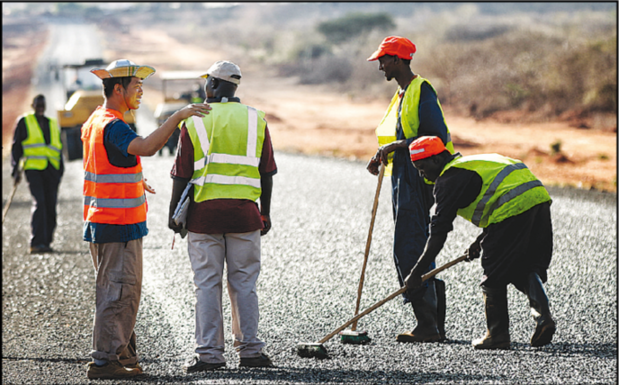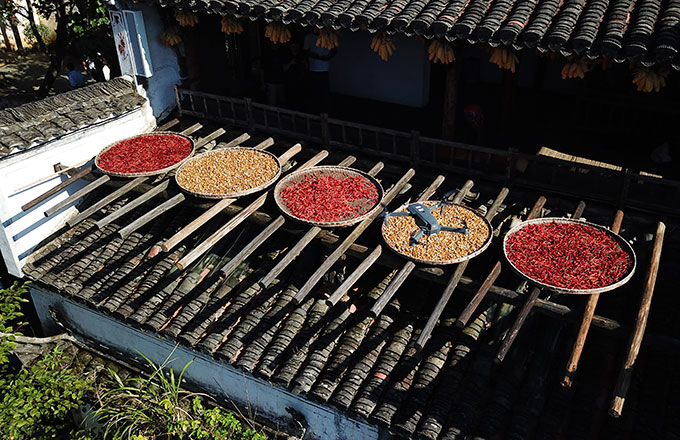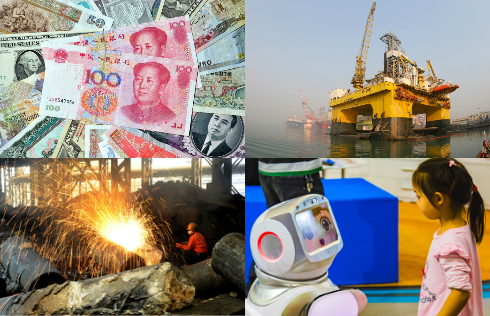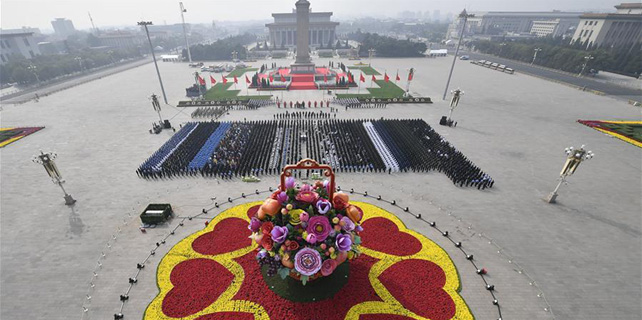Building a more prosperous Africa
 |
|
A Chinese engineer consults with local workers at a road construction site in Kenya. Zhou Xiaoxiong / Xinhua |
China's foreign aid to low-income countries has, over the years, significantly boosted economic development and improved living conditions in the recipient nations.
According to various government white papers, China has given aid to more than 160 countries, including at least 123 developing nations that regularly receive assistance. Of them, 30 are in Asia, 51 in Africa, 18 in Latin America and the Caribbean, 12 in Oceania and 12 in Eastern Europe.
China emerged as the largest provider of finance for infrastructure in Africa in the years between 2009 and 2012. In 2015, during a high-profile Forum on China-Africa Cooperation, President Xi Jinping committed to providing another $60 billion in assistance to the continent. Between 2000 and 2012, China launched almost 3,100 projects in Africa, according to AidData, a research laboratory that tracks global aid efforts. As of 2015, AidData was tracking some 2,650 China-funded projects, worth around $94 billion, in 51 countries in Africa.
"China is without a doubt a major donor for Africa," says Liu Wen, a spokesman at the China-Africa Business Council. "China and Africa have been working very closely together for a long time. The cooperation has helped speed up development in Africa."
Since 2000, China has further solidified its role as a major donor for the continent. China established the China-Africa Business Council and the Forum on China-Africa Cooperation, the latter of which includes 44 African countries. China also provides debt relief, training programs and investment for Africa.
In 2006, China canceled Africa's debt of $1.4 billion, set up a $5 billion fund through soft and commercial loans, and agreed to build 30 hospitals and provide training for 15,000 people in the continent.
Between 2000 and 2012, China took on more than 1,700 African projects, spanning more than 50 countries at a total cost of more than $75 billion.
"Most of China's aid in Africa goes to the transport, energy and communications sectors. About 70 percent goes to infrastructure development," says Liu. "Other sectors like education and health also benefit a lot from China's aid, but not as much as infrastructure-related sectors."
According to Liu, China's aid in infrastructure accounts for more than 30 percent of the total value of Africa's infrastructure projects.
Nigeria, Ghana and Sudan are the largest recipients of Chinese aid in sub-Saharan Africa. Most of aid goes to energy infrastructure, such as oil pipelines.
This is in line with China's overall foreign aid strategy.
"China's foreign aid projects are oriented toward agriculture, industry, economic infrastructure, public facilities, education, and medical and healthcare," says a government white paper.
It adds that China's focus is on "improving recipient countries' industrial and agricultural productivity, laying a solid foundation for their economic and social development, and improving basic education and healthcare".
China has been increasing its aid to the agriculture sector, especially for grain production.
The nation has stepped up measures to address the global issue of food security, such as its pledge to the United Nations in 2010 to establish 30 demonstration centers for agricultural technologies in other developing countries. It also pledged to send 3,000 agricultural experts and technicians to those countries, as well as offer training to 5,000 agricultural personnel there.
The latest government figures show that in Guinea-Bissau, 11 areas for paddy rice, with a total growing area of 2,000 hectares, were built with the help of Chinese agricultural experts. And in Madagascar, Chinese experts assisted in the planting of 34 strains of Chinese hybrid paddy rice.
In terms of industrial projects, China plays an active role in promoting production and economic development in other developing countries.
The projects involve industries in areas as varied as lighting, textile, machinery, construction materials, chemicals, electronics and energy. Such projects also create jobs for a large number of local people.
Chinese aid has enabled the establishment of municipal utilities, wells for water supply, conference centers, cultural centers, sports venues and facilities for scientific, educational and healthcare purposes.
In recent years, coping with climate change has also become a key area for the nation's foreign aid.
















